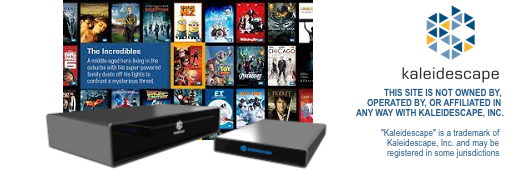Nelson10
Member
Hello all,
I have been comparing the UHD & HDR version of a A New Hope. I am using a calibrated JVC NX9 to compare. I prefer the UHD version over the HDR. To me, the UHD version image looks more balanced. Blacks look inky and whites look bright without looking over blown. This makes the overall image brighter while keeping the color still looking great.
Has anyone ever compared this? Do you think there is a major loss in video quality when viewing it in UHD over the HDR?
I have been comparing the UHD & HDR version of a A New Hope. I am using a calibrated JVC NX9 to compare. I prefer the UHD version over the HDR. To me, the UHD version image looks more balanced. Blacks look inky and whites look bright without looking over blown. This makes the overall image brighter while keeping the color still looking great.
Has anyone ever compared this? Do you think there is a major loss in video quality when viewing it in UHD over the HDR?


